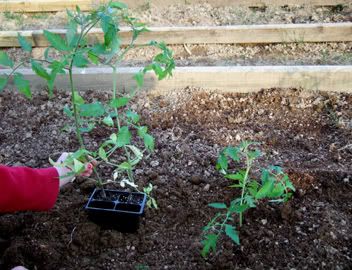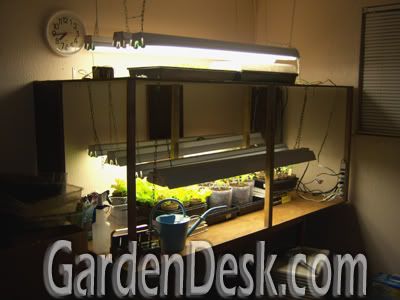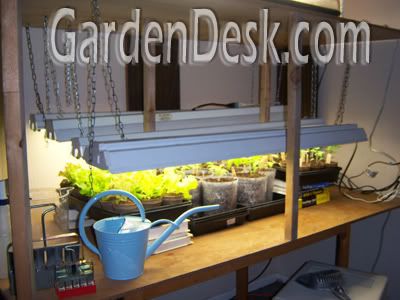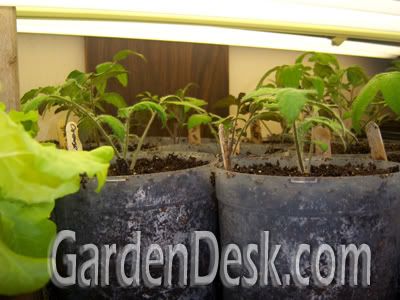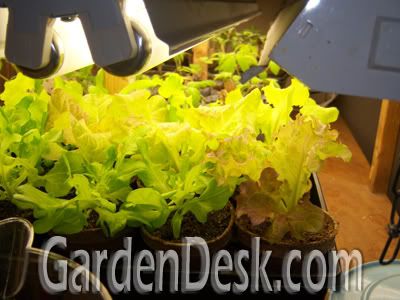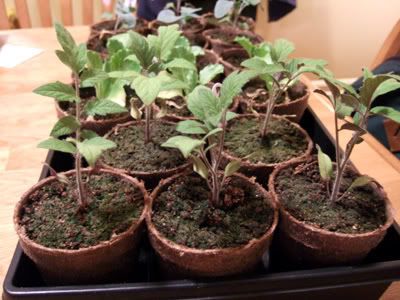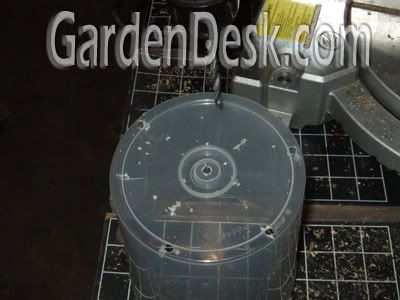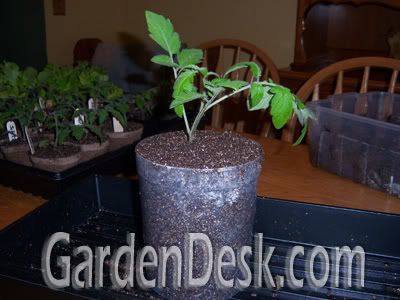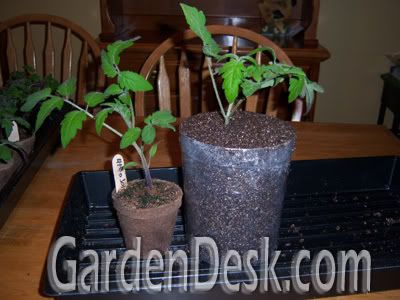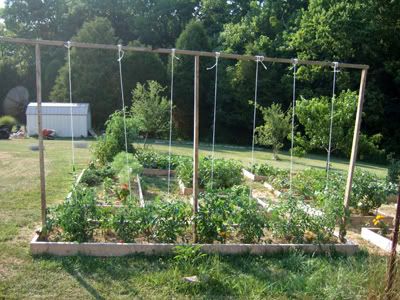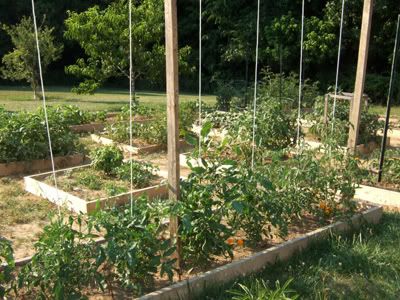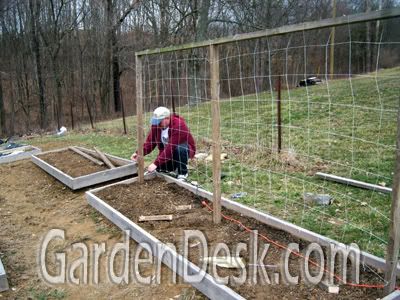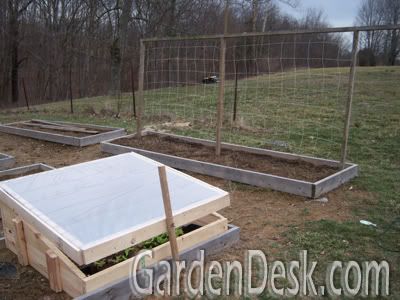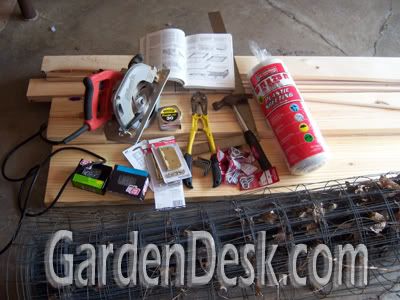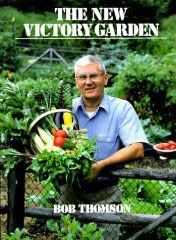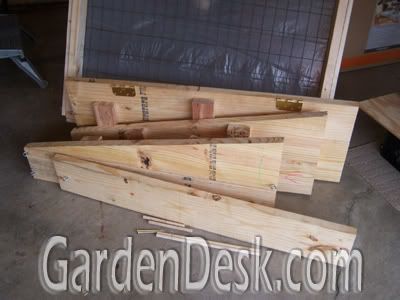Now that the regular season for Major League Baseball has officially begun, I guess it is time to introduce The 2008 GardenDesk Growers Baseball team!
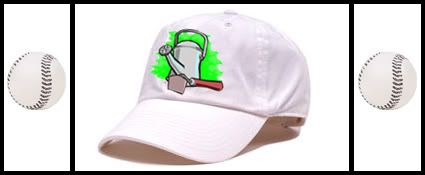
Okay, I know a garden is not a baseball team, but just like in spring training, I have spent a lot of time figuring out which vegetable varieties will make the cut this year. In addition to which particular varieties I will plant, I had to decide which vegetables needed to be cut (I just don't have enough room on the field!). Last year my total area for the veg garden was 25'x40', all in raised beds. This year I am expanding it to 40'x48'but the outside 15' will be planted in old fashioned rows. I have painstakenly tried to fit everything in using graph paper but I still don't have enough space.

Sorry, I know you can't read the names listed on the graph paper. Just like last year, I have divided up the list into the following categories: Tomatoes, Cool Season, Main Season, Herbs, Decorations and Fruit. First I need to mention the veggies that I would like to grow but didn't make the cut.
This year's honorable mentions are: sweet potatoes, okra, leeks, beets and field pumpkins.
Now, the 2008 starting lineup
Introducing the GardenDesk Heirloom Tomatoes:
Aunt Ruby's German GreenBlack CherryBlack KrimBrandywineBrandywine (Glick's strain)Caspian PinkDeliciousDixie Golden GiantEgg YolkFurry Yellow HogGreat WhiteGreen MoldovanGreen ZebraKellogg's BreakfastKentucky BeefsteakPink Flamingo UkranianPrincipe BorghesePrudens PurpleWhite TomesolThe GardenDesk Hybrid Tomatoes:
4th of JulyBurpee's SupersteakCelebrityEarly GirlGolden GirlLa RossaLemon BoyNew GirlOrange BlossomPark's WhopperRomaSiletzSub ArticIntroducing the GardenDesk Cool Season Players (many are already on the field!):
Potato Onions
GarlicPeasBroccoli-Green GoliathPurple Cauliflower-Violet Queen
Radish-Cherry Belle, Easter EggCarrot-Short-n-Sweet, , Easter EggSwiss Chard-Five Color Silverbeet
Spinich-Space Hybrid, Melody Hybrid, Bloomsdale Long Standing
Head Lettuce-Summertime, Tom Thumb
Leaf Lettuce- Simpson Elite, Buttercrunch, Prizeleaf, Royal Oak Leaf, Lollo Rossa, Salad Bowl, Red Salad Bowl, Black Seeded Simpson, Mesclun Sweet Salad Mix, Pinetree Lettuce Mix
Oriental Greens-Komatsuma Tendergreen
CabbageAnd now for your Main Season GardenDeskers:
Corn-Mirai 301BCBush Green Beans-Tender Pick, Blue Lake Bush 274Pole Beans-Kentucky WonderCucumber-Park's Whopper, Straight 8, Burpee BushSquash-Vegetable SpaghettiZucchini-Ambassador, Longo Bianco
Onion-Red, White, Yellow Spanish
Potato-Kennebec, Russet Burbank
Bell Pepper-Park's Colossal HybridGive it up for the GardenDesk Herbs:
BasilPurple Basil
OregenoChivesThymeMintNasturtium
HorseradishNext up, the GardenDesk Decoration Dudes:
Pumpkin-Jack Be Little
Gourds-Bird House Mix, Penguin, Assorted Gourd MixSunflowers
And last but not least, the fruit selections:
Watermelon-Sugar BabyCantalope-AmbrosiaStrawberries-Cavendish and others
Blueberries-Jersey and others
Grapes (new)
Apples-Red Delicious, Golden Delicioius
Peaches
There will also be many annual flowers planted in the vegetable garden. This is my daughter's area and she has not given me her line-up card yet. I know there will be plenty of marigolds, cosmos, zinnias and morning glories.
And there you have it ... The comprehensive list of players for GardenDesk 2008! Several players are already on the field. Many players have begun warming up inside under grow lights. More will soon join them. Stay tuned for more updates on the pending season and players! Will they all actually get in the game? Will they hit a homerun, or will some strike out? Many questions will soon be answered.
What does your 2008 "player list" consist of? What vegetables will you be growing that I have left off my list? Are you as anxious to get started as I am?
Dum dum da dum da dum .... CHARGE!

